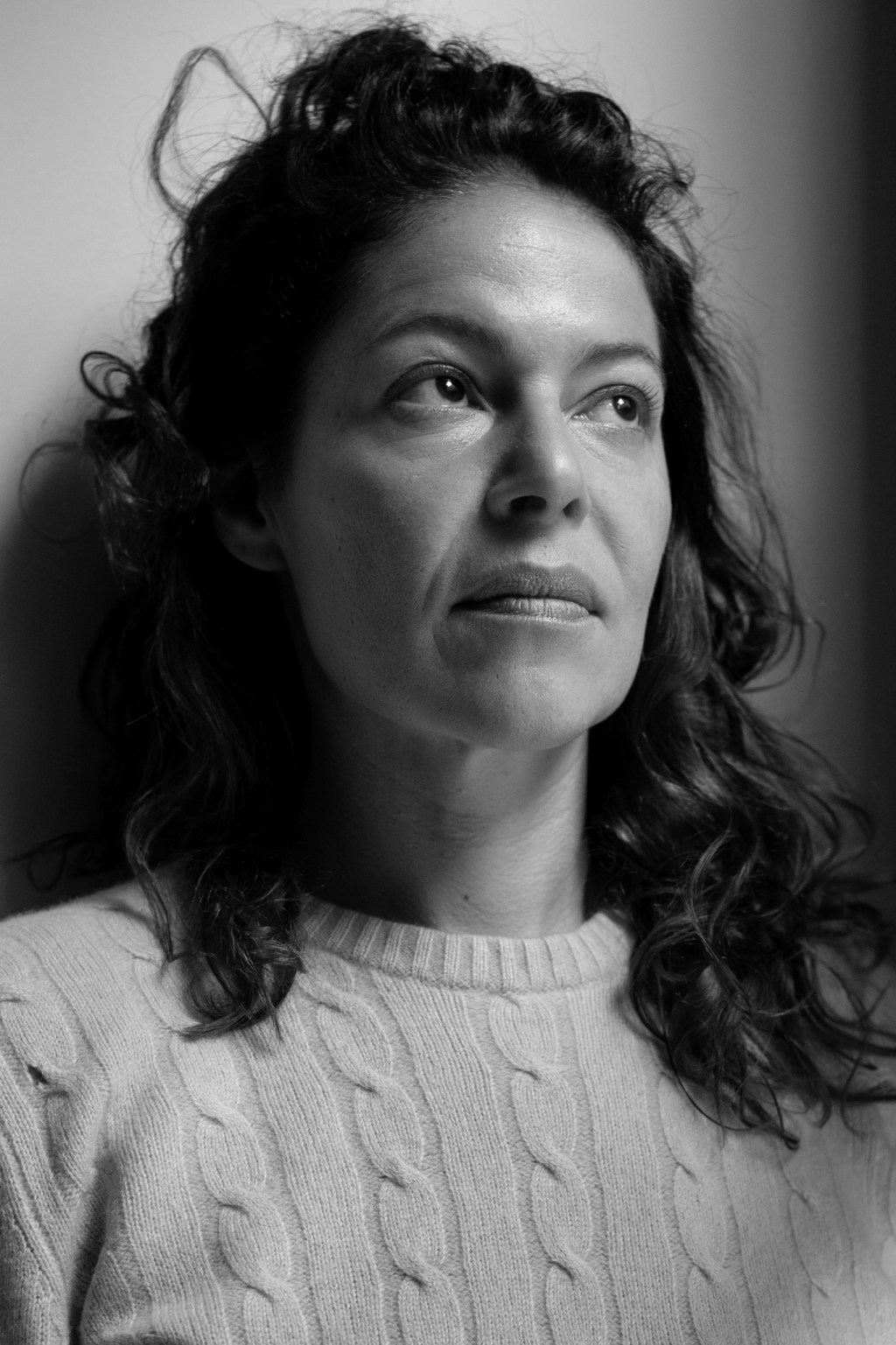“I think a lot about reincarnation, the spirit world, and who’s traveling within what body,” says Sicily-based artist Lola Montes, glancing around the exhibition room at Vito Schnabel Gallery on Clarkson Street in New York. “And how many times we’ve been here.”
The artist is in the middle of installing “Cirica,” her latest solo show of ceramic-based works, which includes sculptural paintings and objects like artichoke candelabras, an egg-shaped projection lamp and stools with painted ceramic tile seats. While several of her works are currently mounted, many more are laid out on the ground, waiting to find their final spot. Montes had installed the show earlier in the week, but found her initial configuration wasn’t quite working. And so she decided to start over.
Inside the gallery, which is owned by her brother, she unlocks a hidden wall panel that opens directly onto the sidewalk, letting in natural light and some outside air. A few minutes later, another brother, Cy Schnabel, steps through and into the gallery. The siblings briefly discuss Montes’ installation-in-progress, agreeing that the exhibition should feel like Montes’ home and not just a room with artworks hung on a white wall.
Montes, who grew up in New York (her father is painter and filmmaker Julian Schnabel) and currently lives in Sicily, is attuned to the art of consecrating a space. “I want there to be an internal balance that’s unbalanced,” she says. “And I find balance within the unbalance.”
Working with clay is similarly precarious, fitting for Montes’ exploration of transformation and the human experience. “This particular material has taught me so much about patience and letting go. Because a lot of pieces break, and you work really hard to make something and you glaze it and it’s perfect and you open the oven and it’s in five pieces,” says Montes, who learned much of the technical ceramic process from local artisans in Italy. “And you have to start all over again.”
The exhibition’s title, “Cirica,” draws upon Montes’ current Sicilian home and the Homeric myth of Circe, the daughter of sun god Helios and an enchantress who transforms humans into other forms. Montes, similarly, transforms her material into figures, which emerge through the process of art making. “I often look to clouds and see these kingdoms and think about when you die, where do we flow to? How do we become energy and disperse?” she says. Clay hardens into ceramic through fire, and wispy bodies and faces — angels or other spirits — appear from Montes’ frenetic but intuitive gestures of color and interpretation of texture.
“I take the clay, I get myself in a certain mood, and I just meditate on zero,” she says, noting that she begins most of her works with just a color palette in mind.
“I prepare myself to set a certain space to have this emotion or violent act come out. And then it dries for two months,” she adds. “The pieces come back, and when I glaze them white, and they look like stucco, I see within them the story, or the narrative, and illustrate what I see within the piece. So it’s telling me what to make. There’s a lot of surprises in ceramic, where actually the piece comes out at you and says, ‘this looks exactly like a tree coming out of a head or an animal.’”
She nods toward a large ceramic diptych of a tree set next to an abstract form, which can be interpreted as a reflection of the tree, or two opposing faces, or a bell. Montes notes that the piece was inspired by an experience she had while visiting a temple in Nepal alongside an ascetic friend. Upon their arrival, the pair were told, “‘There’s somebody like you who’s been living in this mountain for 12 years, drinking a spoonful of ghee,’” says Montes.
“So we walked an hour on the mountain to find this man. And he started screaming at me when we arrived in Hindi-Urdu. But I understood everything he said,” she continues. “And I understood that he was criticizing me for not being close enough to my practice.”
The man pointed to the nearby woods, and Montes could hear the sound of bells playing from the trees. “He was showing me that if you concentrate in nature, you can actually work with it, and it will make music for you if you’re completely in tune. And so I’ve sat for the last six years in this garden in Sicily, where there’s no noise whatsoever.”
She clarifies: there’s no technological noise — or the siren call of movie openings and shows and parties that surrounded her while growing up in New York — but there is the sound of insects and birds and the shimmy of carob pods blowing in the breeze.
“I wanted to make a piece about that experience because I learned something that day about being in your surroundings and when you take out all the noise from cars and planes and people and their phones and computers,” says Montes. “I really wanted to react to that and put myself in complete solitude, because I know that from there I could deal with my dream life and unconsciousness. Everything I’m going to make is already inside of me. I just have to open up that key.”




